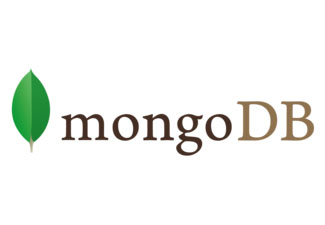
In this tutorial, we will show you how to install MongoDB on CentOS 8. For those of you who didn’t know, MongoDB is a NoSQL database management system that is very popular in mobile programming. MongoDB features include full index support, replication, high availability, and auto-sharding. It is cross-platform and it makes the process of data integration faster and much easier. Since it is free and open-source, MongoDB is used by a number of websites and organizations.
This article assumes you have at least basic knowledge of Linux, know how to use the shell, and most importantly, you host your site on your own VPS. The installation is quite simple and assumes you are running in the root account, if not you may need to add ‘sudo‘ to the commands to get root privileges. I will show you the step-by-step installation of MongoDB on a CentOS 8 server.
Prerequisites
- A server running one of the following operating systems: CentOS 8.
- It’s recommended that you use a fresh OS install to prevent any potential issues.
- A
non-root sudo useror access to theroot user. We recommend acting as anon-root sudo user, however, as you can harm your system if you’re not careful when acting as the root.
Install MongoDB on CentOS 8
Step 1. First, let’s start by ensuring your system is up-to-date.
sudo dnf update
Step 2. Installing MongoDB on CentOS 8.
Open a terminal session and we have to configure the MongoDB repository. To do this, open a new file:
nano /etc/yum.repos.d/mongodb-org-4.2.repo
Add the following:
[mongodb-org-4.2] name=MongoDB Repository baseurl=https://repo.mongodb.org/yum/redhat/$releasever/mongodb-org/development/x86_64/ gpgcheck=1 enabled=1 gpgkey=https://www.mongodb.org/static/pgp/server-4.2.asc
Now installing MongoDB is as simple as running just one command:
sudo dnf install mongodb-org
MongoDB daemon should be enabled to start on boot:
sudo systemctl enable mongodb sudo systemctl start mongodb
Finally, you can access the MongoDB shell by using the following command:
mongo
Congratulations! You have successfully installed MongoDB. Thanks for using this tutorial for installing MongoDB on your CentOS 8 system. For additional help or useful information, we recommend you check the official MongoDB website.